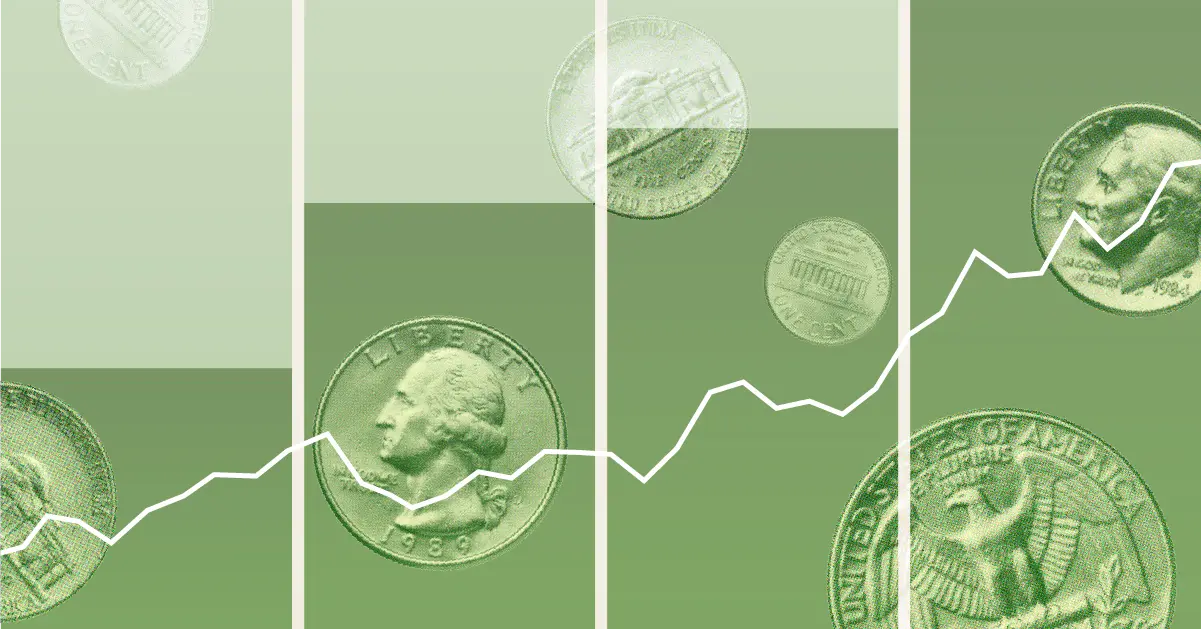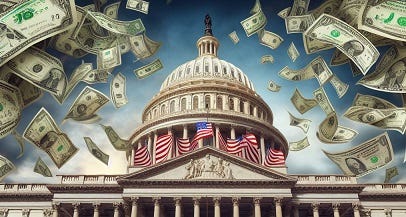Businesses Turn to AI and Robotics to Address Workforce Gaps

February 28, 2025
The U.S. labor market has faced ongoing workforce shortages across multiple sectors, from manufacturing and logistics to healthcare and retail. With fewer workers available, companies are increasingly turning to automation and advanced technology to bridge the gap, maintain efficiency, and reduce operational costs. The rise of artificial intelligence (AI), robotics, and machine learning is reshaping how businesses operate and compete in a challenging economic landscape.
Why Are Labor Shortages a Growing Concern?Several factors have contributed to the persistent labor shortages:
While labor shortages are widespread, some industries have been hit harder than others:
To adapt to the ongoing labor crisis, businesses are investing heavily in automation and AI-driven solutions:
Robotic Process Automation (RPA): Companies are using AI-powered software to automate repetitive tasks, reducing the need for human intervention. Autonomous Vehicles and Drones: Logistics firms are experimenting with driverless trucks and drone deliveries to optimize supply chains. AI Chatbots and Virtual Assistants: Customer service roles are increasingly being handled by AI-driven chatbots, reducing the need for human support. Smart Manufacturing: Factories are integrating robotics and machine learning to streamline production lines. Self-Checkout and Contactless Payment: Retailers are implementing automated checkout systems to reduce dependency on cashiers.
Benefits and Challenges of AutomationWhile automation presents numerous advantages, it also comes with challenges:
Pros: ✔️ Increased Efficiency: Automation reduces downtime and enhances productivity. ✔️ Cost Savings: Companies save on labor costs and minimize human error. ✔️ Improved Customer Experience: AI and robotics enable faster and more consistent service.
Cons: ❌ Job Displacement: Increased automation may lead to layoffs and workforce reductions. ❌ High Implementation Costs: Investing in automation requires significant upfront capital. ❌ Technical Challenges: AI and robotics require continuous updates and maintenance.
Future of Automation in the U.S. WorkforceAs technology advances, businesses will continue to integrate automation to address labor shortages. However, striking a balance between automation and human employment will be crucial. Companies must invest in reskilling programs and workforce development to prepare employees for the evolving job market.

U.S. Investment Policies: Key Trends and Effects on Markets
Explore how U.S. investment policies shape financial markets, economic growth, and business strategies, offering both opportunities and challenges for investors

U.S. Investment Policies and Their Role in Business Development
Explore how U.S. investment policies influence business growth, offering opportunities and challenges for industries. Understand the key regulations and strategies driving economic expansion

U.S. Investment Policy Reforms: Shaping the Future of Business
Explore the key investment policy reforms in the U.S. economy that are reshaping business strategies, influencing markets, and creating new opportunities for investors

A Comprehensive Look at U.S. Investment Policy Shifts in 2025
In 2025, U.S. investment policies have undergone significant transformations. Discover how these reforms are impacting industries, investment strategies, and economic growth

Analyzing the Impact of U.S. Investment Policies on Investment Strategies
Explore how evolving U.S. investment policies create new opportunities and risks for investors. Learn how changes in tax, trade, and financial regulations affect investment strategies

A Look Ahead: U.S. Investment Policies and Financial Market Trends
As the U.S. economy evolves, so do its investment policies and financial markets. Discover what the future holds for investors as we explore trends, innovations, and challenges in U.S. investment strategies

A Guide to Understanding U.S. Investment Policies for Business Growth
Explore how U.S. investment policies impact business success. Learn how to navigate key regulations, tax incentives, and funding opportunities to maximize growth potential

How U.S. Government Policies Influence Investment Approaches
The U.S. government plays a key role in shaping investment strategies through regulatory frameworks, fiscal policies, and incentives. Explore how these factors impact business decisions and investment trends

U.S. Investment Policies and Global Impact
U.S. investment policies are reshaping global markets, influencing trade, foreign investments, and economic stability. This article explores the implications for international businesses and investors
The Atlantic Daily
Get our guide to the day’s biggest news and ideas, delivered to your inbox every weekday and Sunday mornings. See more newsletters
.webp)
Ideas That Matter
Subscribe and support more than 160 years of independent journalism.
Subscribe